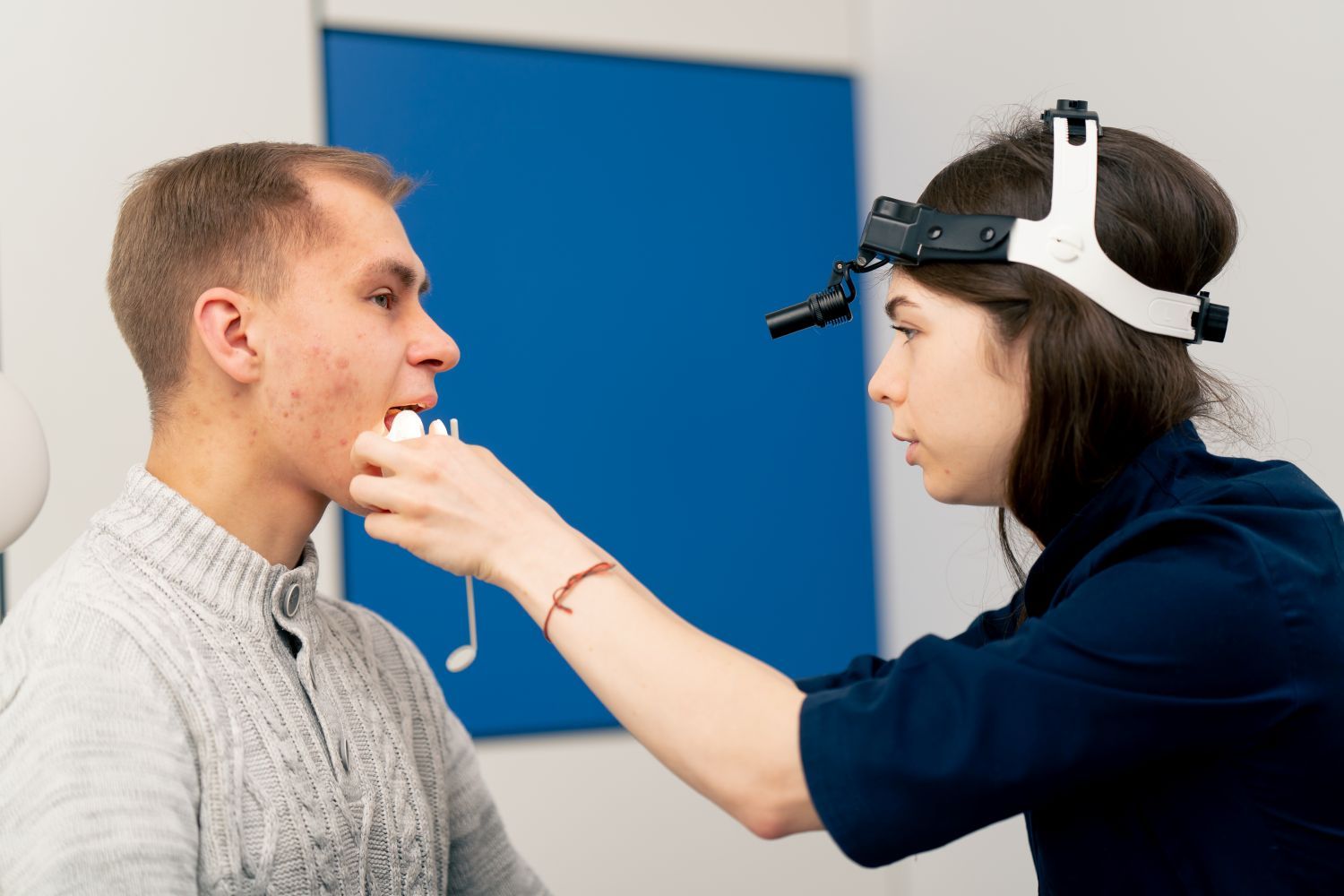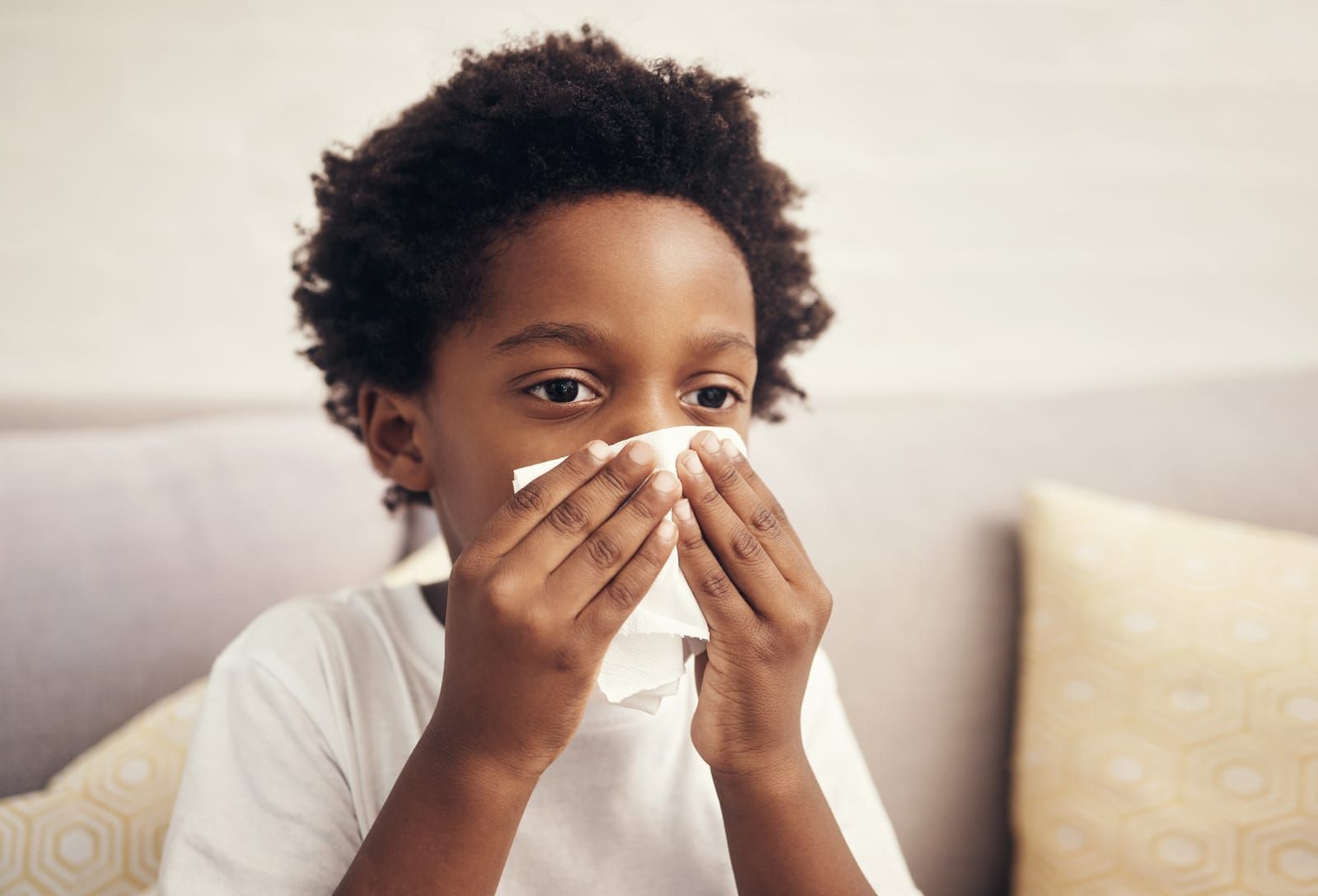How to Identify Signs of Asthma in Children
Asthma is a condition that is quite common; it’s quite likely you know someone who has it. While current treatments significantly improve the quality of life for those who have asthma, without appropriate and timely medications, the disease could be lethal. Therefore, it’s essential for healthcare providers to educate their patients on the signs of asthma.
Keep reading for a brief summary of the most common indicators of asthma in children, so we can keep our kids safer together!
What Is Asthma?
If you are looking for a handy description of what asthma is that you could easily pass on to your patients, we have prepared one for you. Lungs have tubes that carry air. These tubes can become irritated and narrow when a person has asthma, which makes it harder to breathe. Additionally, asthma can lead to the production of thicker-than-normal mucus in the airways, further complicating breathing.
Common Signs of Asthma
Now, let's look at the common signs of asthma that parents of your younger patients should watch out for:
- Persistent Coughing: Asthma in children often presents as a persistent cough, which can occur during the day, at night, or both. If this cough keeps coming back, it could indicate asthma.
- Wheezing: Sometimes, when a child breathes, there might be a whistling or wheezing sound, almost like a tiny whistle inside their chest. This sound is a sign that their airways might be narrowing, making it more challenging for them to breathe.
- Breathing Difficulty During Activity: Children are naturally active, but if a child struggles to catch their breath while playing or participating in sports, it could be a sign of asthma.
- Chest Tightness: To help your patients understand chest tightness, ask them to imagine a sensation akin to something heavy pressing down on their child's chest, making it difficult for them to take deep breaths. This is how chest tightness can feel for a child with asthma.
Recognizing Asthma Patterns
Asthma symptoms may sometimes resemble those of other health issues, so it's important to observe the pattern of these symptoms. Here's what your patients should keep an eye out for:
- Intermittent Symptoms: Asthma symptoms don't always stick around. They can come and go over time or even within the same day.
- Triggers: Asthma symptoms often have triggers. These can include things like viral infections (like a cold), exercise, allergies, breathing in cold air, or even laughing and crying too hard.
- Nighttime or Morning Worsening: Asthma symptoms tend to be worse at night or in the early morning. If a child is coughing or having trouble breathing during these times, it's a clue that asthma might be the culprit.
As always, when speaking with your patients, it’s important for you to emphasize the importance of a consultation with a healthcare provider. A diagnosis by an expert is essential to ensuring the right treatment. Stay tuned for more helpful tips from the Snot Force Alliance on how to provide better care for patients, and join our force today!












